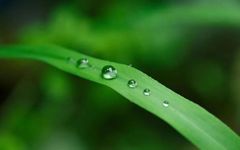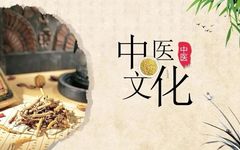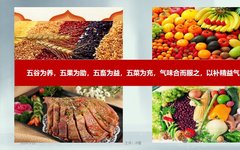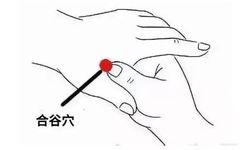The Essence of Health Preservation in Traditional Chinese Medicine
The “Tao Te Ching” states: “Do not value the worthy, so that the people do not compete. Do not treasure hard-to-obtain goods, so that the people do not steal. Do not let desires be seen, so that the people’s hearts do not become chaotic. Therefore, the sage governs by emptying their hearts, filling their bellies, … Read more








